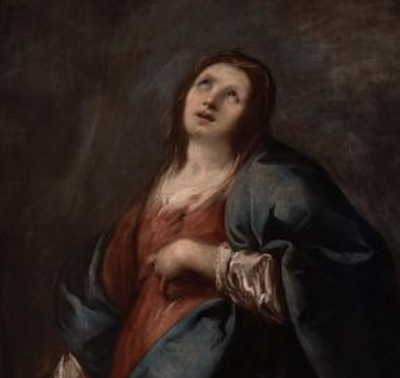Spanish school; century XVIII. "The drinker." Oil on canvas. Reengineered. Antique frame.
Lot 96
About Seller
Setdart Auction House
Carrer Aragó 346
Barcelona
Spain
Setdart Subastas was born in 2004 and is currently the first online art auction in Spain with solidity, prestige and reliability guaranteed by our more than 60,000 users. Setdart has a young, dynamic and enterprising team ready to successfully manage the purchase and sale of art works through custom...Read more
Estimate:
EUR€2,500 - EUR€3,000
$2,688.17 - $3,225.81
Absentee vs Live bid
Two ways to bid:
- Leave a max absentee bid and the platform will bid on your behalf up to your maximum bid during the live auction.
- Bid live during the auction and your bids will be submitted real-time to the auctioneer.
Bid Increments
| Price | Bid Increment |
|---|---|
| EUR€0 | EUR€10 |
| EUR€200 | EUR€25 |
| EUR€500 | EUR€50 |
| EUR€1,000 | EUR€100 |
| EUR€3,000 | EUR€200 |
| EUR€5,000 | EUR€500 |
| EUR€10,000 | EUR€1,000 |
| EUR€20,000 | EUR€2,000 |
| EUR€50,000 | EUR€5,000 |
About Auction
By Setdart Auction House
May 31, 2021
Set Reminder
2021-05-31 08:30:00
2021-05-31 08:30:00
America/New_York
Bidsquare
Bidsquare : OLD MASTERS - Day 1
https://www.bidsquare.com/auctions/setdart-auction-house/old-masters---day-1-6998
Setdart Auction House sofia@setdart.com
Setdart Auction House sofia@setdart.com
- Lot Description
Spanish school; century XVIII. "The drinker." Oil on canvas. Reengineered. Antique frame. Measures: 83 x 63 cm; 90 x 70.5 cm (frame). It is a work perfectly framed within the naturalistic baroque, heir of José de Ribera, starring a totally earthly man, with a face far from any idealization, furrowed by deep wrinkles ... . As usual within the naturalistic baroque, the composition is simple and clear, with the character in the foreground against a neutral and dark background that enhances his physical presence. Apart from the human model and this composition, the lighting is also clearly naturalistic, a tenebrism derived directly from Ribera that is based on an artificial, directed spotlight. The chromatism is also typical of this school, very limited around ochre, earthy and crimson, reflecting a warm and naturalistic atmosphere. This oil on canvas presents a satirical scene in which the figure looks at the spectator with a buffoonish attitude. It is a character closer to naturalism, because of its absolutely realistic character, which is also present in the attention to the qualities of the objects, such as the jug or the white blouse. The genre painting in general, enclosed a moral lesson sometimes barely hidden. Picturesque and satirical scenes, with rough peasants indulging in pleasures, as well as scenes of citizens conversing or dancing, have long been recognized as negative moral examples that also appear as metaphors in the popular moralizing literature of the time. In this type of painting the characters will be the absolute protagonists, and more especially their faces and expressions. They are also works derived from naturalism, worked in reduced chromatisms, around earthy colors, ochers, carmines, etc.
- Shipping Info
-
In-house shipping available. Please inquire at admin@setdart.com.
-
- Buyer's Premium



 EUR
EUR CAD
CAD AUD
AUD GBP
GBP MXN
MXN HKD
HKD CNY
CNY MYR
MYR SEK
SEK SGD
SGD CHF
CHF THB
THB
















